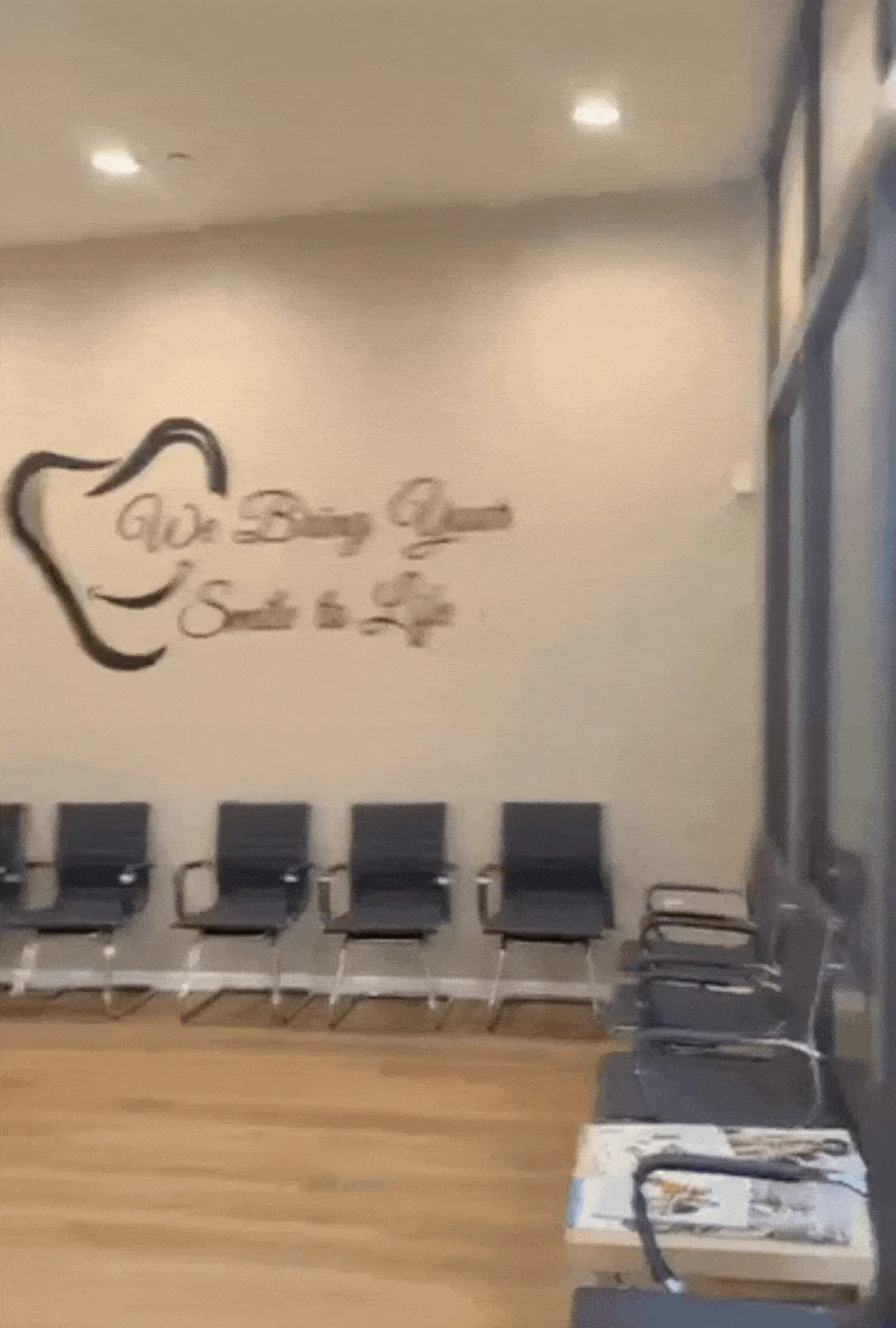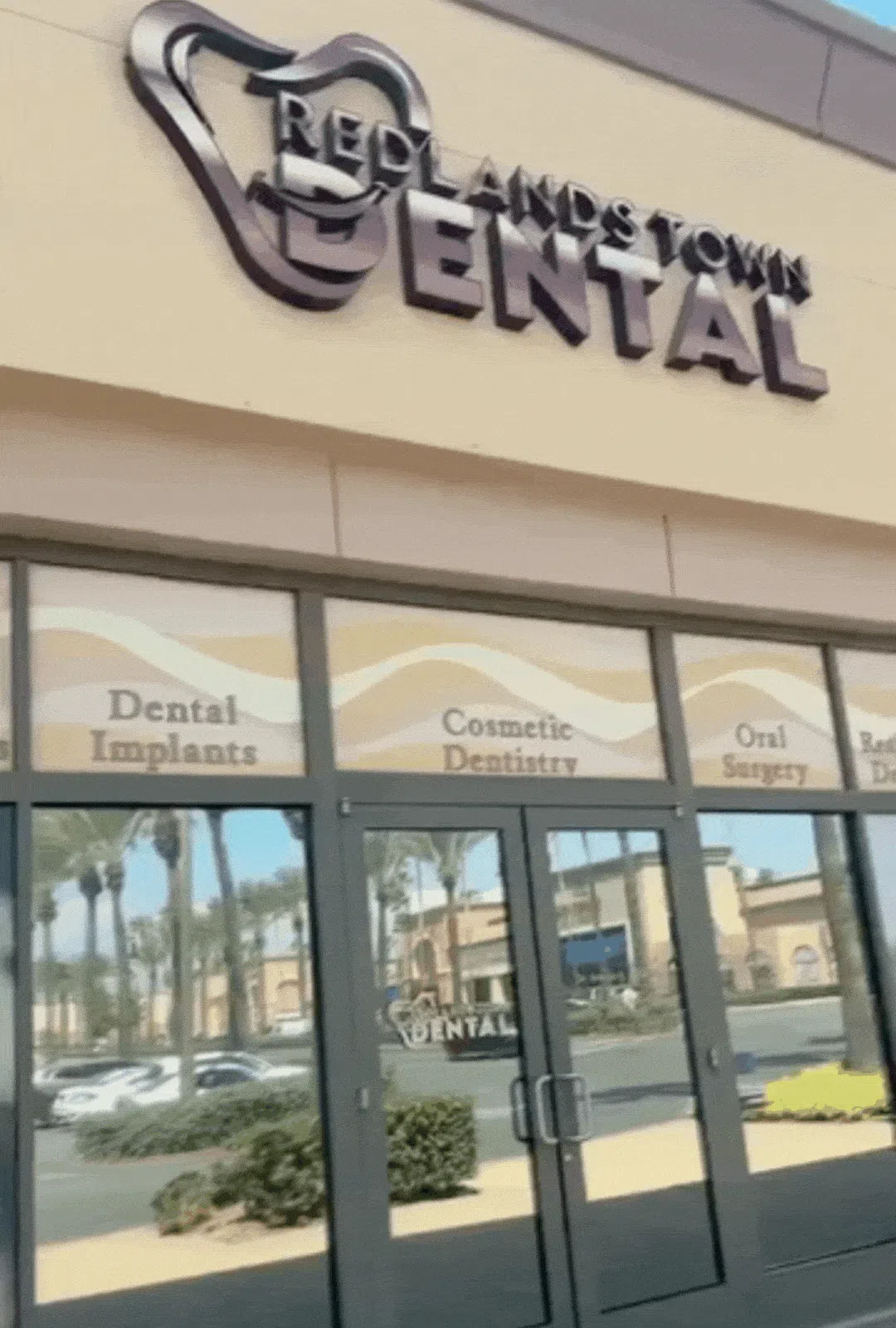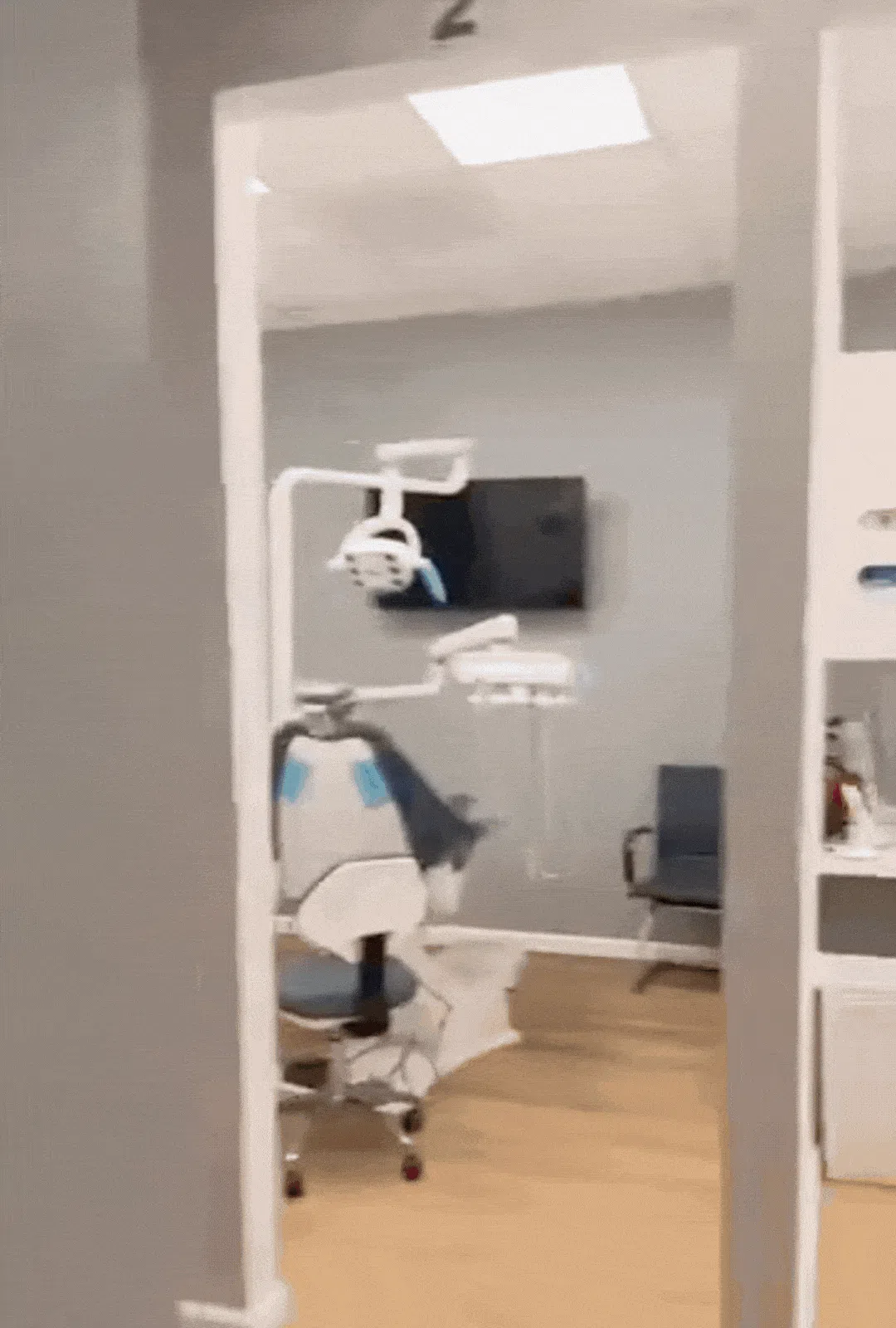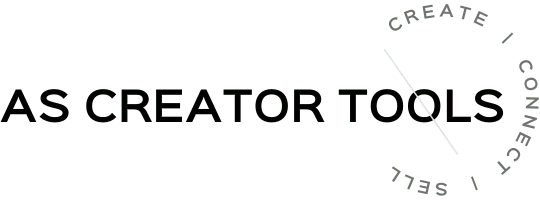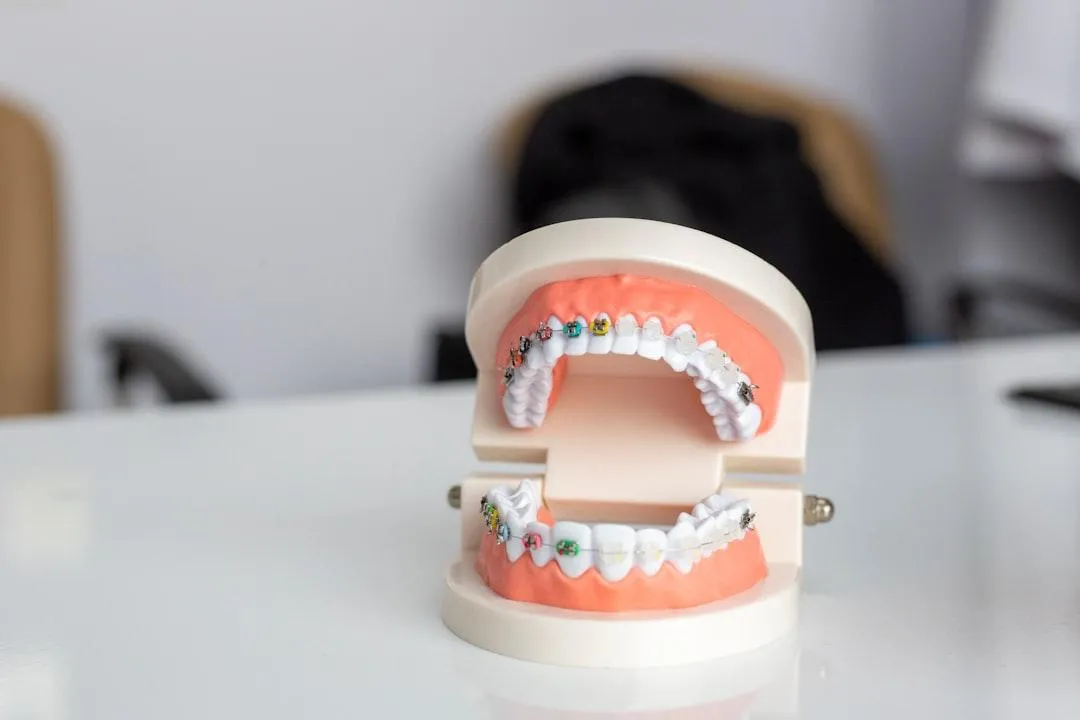
Dental Terms: Common Terms You Should Know
Welcome to Redlands Town Dental's dental glossary! Here you can quickly look up key terms your dentist might use during your visit. Whether you're trying to understand your treatment plan or just want to learn more about dental care, this glossary is a great place to start.
Use the alphabetical index to jump to any section.
A B C D E F G I L M N O P R S T V W
Amalgam – A durable material made from a mixture of mercury and other metals, used for dental fillings.
Anesthesia – Medications used to eliminate or reduce pain during dental procedures.
Anterior Teeth – The front teeth (incisors and cuspids) visible when you smile.
Arch – The upper or lower jaw structure that holds your teeth.
Baby Bottle Tooth Decay – Tooth damage in infants caused by sugary liquids pooling in the mouth, often from bottles or breastfeeding.
Bicuspids – Premolars with two pointed cusps on their surface, located between canines and molars.
Bitewings – Dental X-rays that help detect cavities between teeth.
Bonding – Applying tooth-colored resin to repair or reshape teeth.
Bridge – A fixed prosthetic used to replace one or more missing teeth by anchoring to surrounding teeth or implants.
Bruxism – The habitual grinding or clenching of teeth, often during sleep.
Calculus (Tartar) – Hardened plaque that adheres to teeth and can only be removed professionally.
Canal – The inner chamber within a tooth root that contains pulp and nerves.
Canines (Cuspids) – Pointed front teeth designed for tearing food.
Canker Sore – A small, painful ulcer inside the mouth, usually not contagious.
Caries – Tooth decay caused by plaque and bacteria. Also known as cavities.
Cold Sore – A fluid-filled blister, usually on the lips, caused by the herpes simplex virus.
Composite Filling – A tooth-colored resin used to repair minor cavities or damage.
Composite Resin – A mixture of plastic and glass used for tooth-colored restorations.
Contouring – Reshaping teeth for cosmetic or functional reasons.
Crown – A cap placed over a tooth or implant to restore shape, size, and function.
Cusps – The pointed parts on the top surface of premolars and molars.
Dentin – The layer of a tooth beneath the enamel that can be sensitive if exposed.
Denture – A removable appliance that replaces missing teeth.
Endodontics – The dental specialty focused on treating issues with the tooth's pulp and nerves, including root canals.
Fluoride – A mineral that helps prevent cavities and strengthen tooth enamel.
Fluorosis – Tooth discoloration from excessive fluoride during early development.
Gingiva – Another term for gum tissue.
Gingivitis – Mild gum disease caused by plaque buildup.
Gum Disease (Periodontal Disease) – Infection of the gums and bone that support the teeth.
Impacted Tooth – A tooth that doesn’t fully erupt or is trapped under the gum.
Implant – A surgical tooth root replacement used to anchor artificial teeth.
Incisor – Front teeth used for cutting food.
Inlay – A lab-made filling that fits inside the contours of a tooth.
Laminate Veneer – A thin shell of porcelain bonded to the front of a tooth for cosmetic enhancement.
Malocclusion – Misalignment of teeth or jaws, often treated with orthodontics.
Mandible – The lower jawbone.
Maxilla – The upper jawbone.
Molar – Large, flat teeth at the back of the mouth used for grinding food.
Neuromuscular Dentistry – A dental approach addressing bite alignment and related pain in the head, neck, and jaw.
Onlay – A restoration that covers the biting surface and at least one cusp of a tooth.
Orthodontics – The specialty of aligning teeth and jaws using braces or clear aligners.
Overdenture – A removable denture that fits over a few remaining natural teeth or implants.
Palate – The roof of the mouth.
Partial Denture – A removable appliance that replaces some missing teeth.
Pediatric Dentistry – Dental care focused on children and teens.
Perio Pocket – A gap between the tooth and gum caused by gum disease.
Periodontal Disease – Infection and inflammation of the gums and bone that support the teeth.
Periodontist – A specialist in diagnosing and treating gum disease.
Permanent Teeth – The adult teeth that replace baby teeth.
Plaque – A sticky, bacteria-laden film that forms on teeth after eating or sleeping.
Posterior Teeth – Back teeth, including bicuspids and molars.
Primary Teeth – Baby teeth, which are temporary and eventually replaced by permanent teeth.
Prophylaxis – A professional cleaning to prevent cavities and gum disease.
Prosthodontics – The dental specialty focused on restoring missing teeth with crowns, bridges, dentures, and implants.
Pulp – The innermost part of the tooth containing nerves and blood vessels.
Receding Gums – Gums that pull away from the teeth, exposing the roots.
Resin Filling – A tooth-colored filling made of composite material.
Root Canal – A treatment that removes infected pulp from a tooth’s canal.
Root Planing – Deep cleaning to remove plaque and tartar from below the gum line.
Sealant – A protective coating applied to chewing surfaces to prevent cavities.
TMJ (Temporomandibular Joint Disorder) – A condition affecting the jaw joint, causing pain or dysfunction.
Tartar – Another term for hardened dental plaque (calculus).
Veneer – A cosmetic covering bonded to the front of a tooth to improve appearance.
Whitening – A cosmetic procedure that uses bleaching agents to brighten teeth.
Wisdom Tooth – The third molar that usually erupts in late teens or early adulthood.


